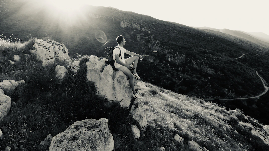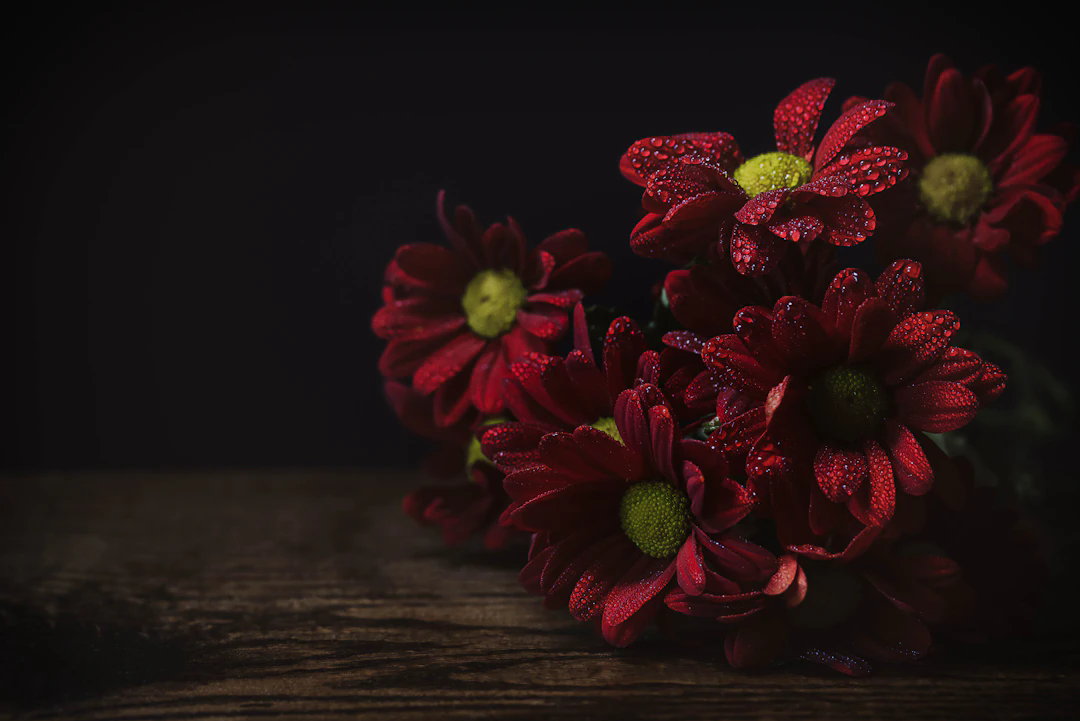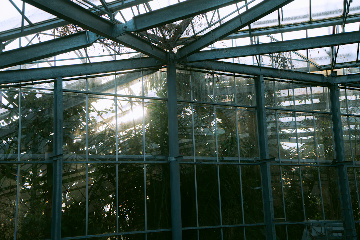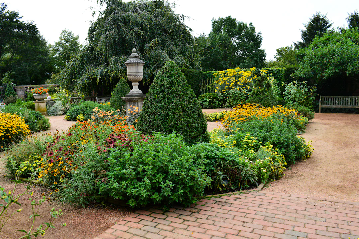Have you ever admired a blooming garden and wished you could make that moment last? Here in Seattle, where our growing season is so precious, learning to preserve floral beauty is extra rewarding. As someone who engineers solutions for sustainability, I’m always grateful for creative ways to extend the enjoyment of what we grow. Let’s dig into how you can dry your favorite flowers to create lasting keepsakes and uplifting home décor!
Dried flowers can evoke memories and bring an organic touch to your living environment. Whether you want to save a special bouquet, craft a thoughtful gift, or add personality to your space, drying flowers is a satisfying project with enduring results. And don’t worry—you don’t need a chemistry set or a gardener’s ribbon collection to get started. With just a few common household items and a dash of patience, you’ll soon have dried flowers for display or crafting.
Some flowers dry better than others. In my experience (and after plenty of experimenting), options like lavender, statice, baby’s breath, roses, and strawflowers are resilient enough to hold their shape and color over time. For Seattle’s occasionally damp climate, flowers with sturdy petals and low moisture do best. Below, you’ll find a handy overview of four popular drying techniques and which flowers suit each one best.
| Technique | Best Flowers | Time Needed |
|---|---|---|
| Air Drying Upside-Down | Lavender, statice, roses | 2–3 weeks |
| Drying in Vase | Hydrangea, strawflowers | 1–2 weeks |
| Silica Gel | Roses, zinnias, dahlias | 5–7 days |
| Microwave Pressing | Pansies, daisies, cosmos | 2–5 minutes |
From Blooms to DIY Décor
Once you’ve gathered and dried your flowers, you’ll find there’s no shortage of creative projects—this is where your personality and style can shine. Dried flowers can be simply arranged in vases, fashioned into wreaths for your front door, or encased in shadowboxes to commemorate special occasions. As a fan of hands-on design, I particularly love pressed flower art or mixing dried blooms with Seattle-sourced greenery for one-of-a-kind centerpieces.
If you’re new to flower preservation, start with air drying. Tie flower stems into small bundles and hang them upside-down in a dry, well-ventilated space. For Seattleites, it’s wise to avoid humid bathrooms or basements. If time is short and vibrancy is a priority, the microwave method produces impressive results in minutes! Just use flowers with flat, thin petals and keep an eye on progress (30-second bursts work best).
Silica gel is another fantastic choice for those seeking precise preservation and original color. This method works by surrounding your blooms in a container of silica gel granules—found at most craft or garden stores—and letting the gel gently draw out moisture over several days. It’s perfect for sentimental projects like wedding bouquet keepsakes.
Practical Tips for Seattle Success
Given Seattle’s reputation for cloudy, moisture-rich days, placing your drying flowers in a space with good airflow (like an attic or insulated garage) is key. If you love experimenting, try mixing botanical elements from your garden with driftwood or moss for authentic PNW décor! Don’t forget to celebrate your hard work by crafting gifts, ornaments, or even air-dry clay tokens pressed with petals—nature’s souvenirs, sustainably made right at home.
Most important of all, have fun with the process and don’t obsess over perfection. Handmade projects add a layer of warmth and story to your living space, and each dried flower holds a tale from your garden. Happy Flower Drying!
References:
[1] Jennifer Howard, "Ultimate Guide to Drying Flowers: Methods + Creative Projects - Cottage On Bunker Hill." Cottage On Bunker Hill, 2024.
https://www.cottageonbunkerhill.com/how-to-dry-flowers-projects-you-can-make/
[2] Hillside Market, "DIY Guides for Gardening, Homesteading, and Outdoor Living Projects." The Hillside Market, 2024.
https://thehillsidemarket.com/
Read More

Camila Ward
Author
Raised in a bustling suburb of Atlanta, Camila Ward grew up fascinated by machinery and how things work. She attended Georgia Tech and became a mechanical engineer, quickly making a name for herself through innovative eco-friendly design projects.
After a decade in R&D for a major tech firm, Camila took a leap and opened her own consultancy. She now specializes in sustainable solutions for urban environments, balancing her technical expertise with a commitment to social responsibility.


